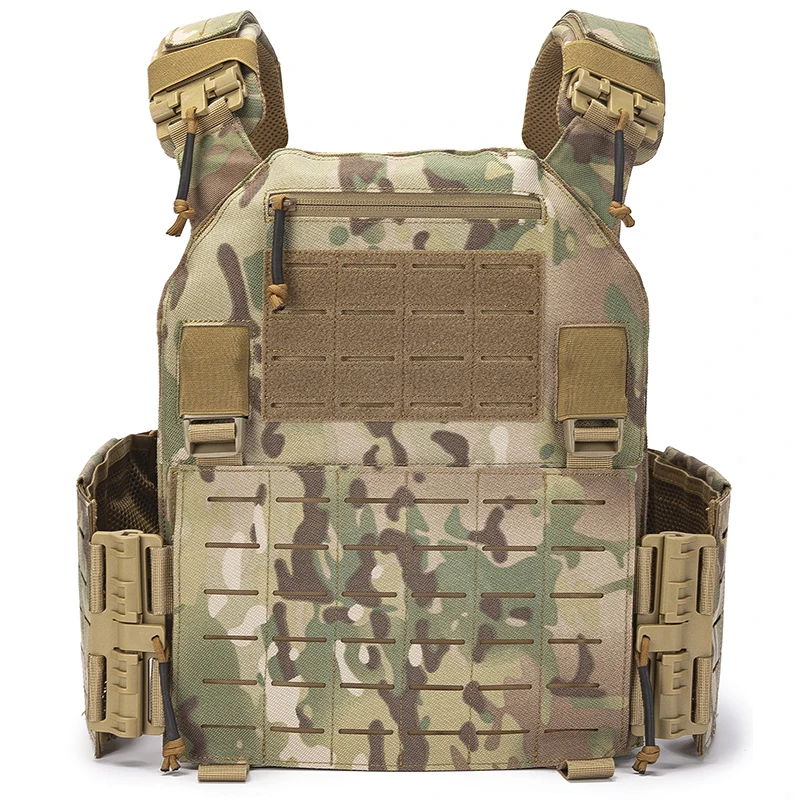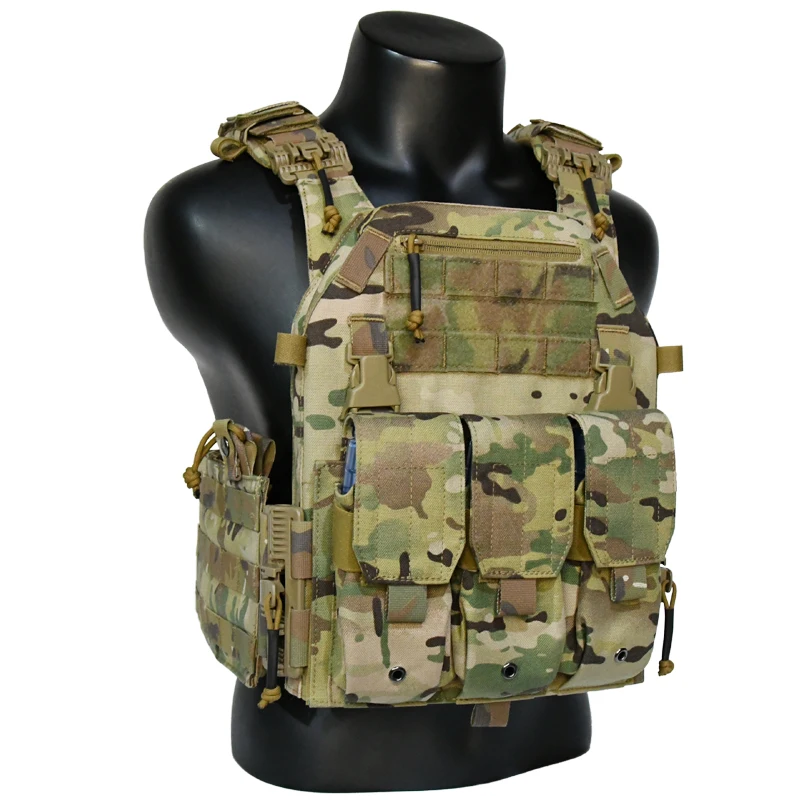Tactical Gear
PRODUCTS
Best Tactical Backpacks Reviews And Buying Guide
Capacity and Compartmentalization
One of the most crucial factors to consider is the backpack's capacity and how that space is organized. Tactical backpacks are known for their meticulous compartmentalization, often featuring multiple pockets, pouches, and sleeves designed for specific gear. Consider the size and type of equipment you'll be carrying regularly – think hydration bladders, medical supplies, electronics, tools, or even weapons (depending on applicable regulations). A well-designed backpack will utilize every cubic inch effectively, preventing wasted space and keeping your gear accessible and secure. Some backpacks even feature modular systems, allowing you to customize the interior layout to perfectly match your needs.
Look for features like dedicated laptop sleeves, padded compartments for fragile items, and MOLLE (Modular Lightweight Load-carrying Equipment) webbing, which provides attachment points for additional pouches and accessories. The difference between a cluttered, disorganized pack and a perfectly organized one can be significant, impacting both efficiency and comfort.
Durability and Materials
A tactical backpack is an investment, and its durability should reflect that. Look for backpacks constructed from high-quality, abrasion-resistant materials like durable nylon or Cordura. These materials can withstand the rigors of demanding environments and prolonged use. Pay attention to stitching quality – reinforced stitching in high-stress areas is a critical indicator of longevity. The zippers should also be robust and reliable, capable of withstanding repeated opening and closing.
Water resistance is another vital factor to consider. While complete waterproofing is rare, many tactical backpacks offer water-resistant coatings or integrated rain covers to protect your gear from the elements. Consider your typical environment and the level of water protection needed – a light rain shower versus a full-blown downpour will influence your choice.
Comfort and Ergonomics
Even the most feature-rich backpack will be useless if it's uncomfortable to carry. A comfortable backpack should feature well-padded shoulder straps, a contoured back panel for ventilation, and a sternum strap and waist belt to distribute weight evenly. Adjustable straps are essential, allowing you to customize the fit to your body type and load. Look for breathable materials in the back panel to prevent overheating and sweat buildup, especially during strenuous activities.
Consider the weight of the backpack itself – a lighter pack will always feel more comfortable, particularly when carrying a heavy load. Think about the types of terrain you'll be using the pack on – a backpack designed for hiking will have different features than one intended for urban use.
Additional Features to Consider
Beyond the core features, there are many other aspects to consider. Hidden compartments for valuables, hydration system compatibility, external compression straps for load stability, and reflective elements for enhanced visibility are all valuable additions. Think about your specific needs and prioritize the features that are most important to you. Reading detailed reviews and comparing different models based on these additional features can greatly refine your search.
Ultimately, the best tactical backpack for you will depend on your individual requirements. By carefully considering factors such as capacity, durability, comfort, and additional features, and consulting a comprehensive "Best Tactical Backpacks Reviews and Buying Guide," you can make an informed decision and select a backpack that will serve you well for years to come.
SUBSCRIBE
INQUIRY










